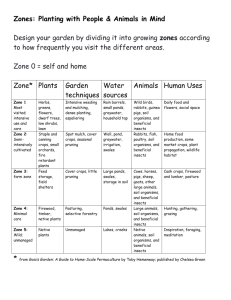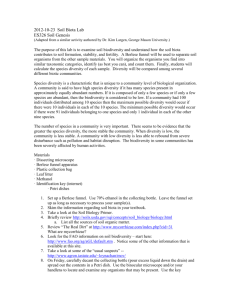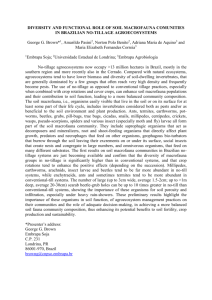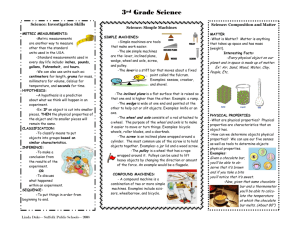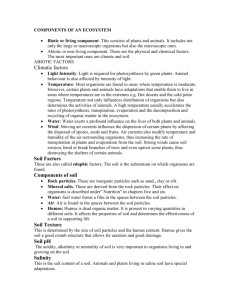CentralParkMicrobes - University of Colorado Boulder
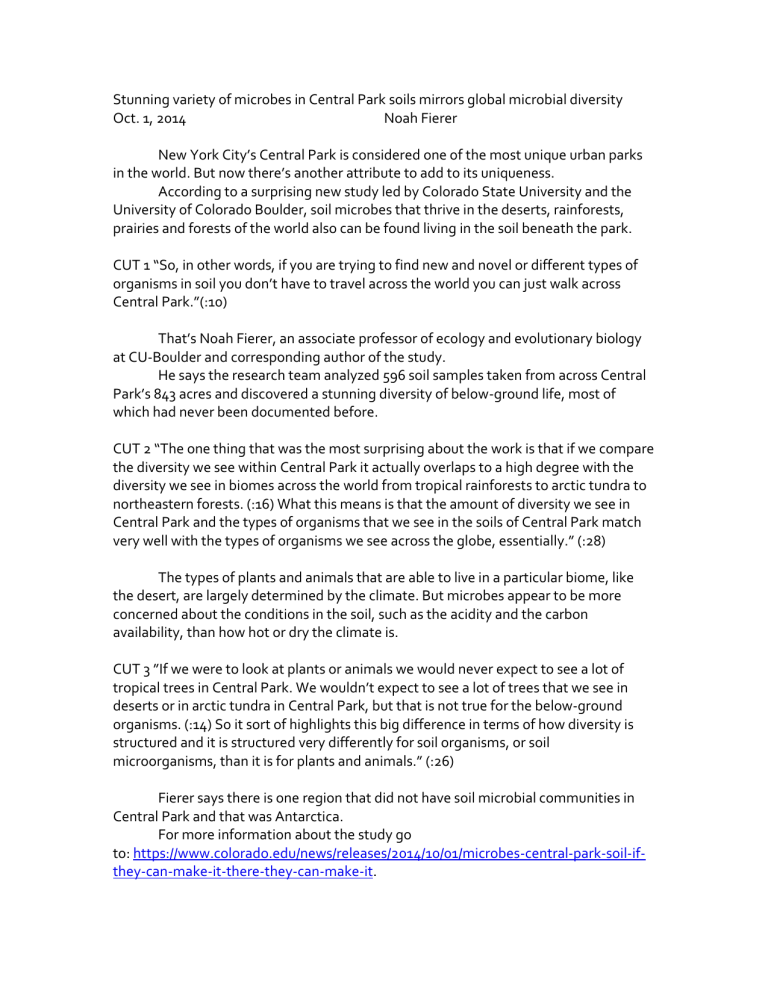
Stunning variety of microbes in Central Park soils mirrors global microbial diversity
Oct. 1, 2014 Noah Fierer
New York City’s Central Park is considered one of the most unique urban parks in the world. But now there’s another attribute to add to its uniqueness.
According to a surprising new study led by Colorado State University and the
University of Colorado Boulder, soil microbes that thrive in the deserts, rainforests, prairies and forests of the world also can be found living in the soil beneath the park.
CUT 1 “So, in other words, if you are trying to find new and novel or different types of organisms in soil you don’t have to travel across the world you can just walk across
Central Park.”(:10)
That’s Noah Fierer, an associate professor of ecology and evolutionary biology at CU-Boulder and corresponding author of the study.
He says the research team analyzed 596 soil samples taken from across Central
Park’s 843 acres and discovered a stunning diversity of below-ground life, most of which had never been documented before.
CUT 2 “The one thing that was the most surprising about the work is that if we compare the diversity we see within Central Park it actually overlaps to a high degree with the diversity we see in biomes across the world from tropical rainforests to arctic tundra to northeastern forests. (:16) What this means is that the amount of diversity we see in
Central Park and the types of organisms that we see in the soils of Central Park match very well with the types of organisms we see across the globe, essentially.” (:28)
The types of plants and animals that are able to live in a particular biome, like the desert, are largely determined by the climate. But microbes appear to be more concerned about the conditions in the soil, such as the acidity and the carbon availability, than how hot or dry the climate is.
CUT 3 ”If we were to look at plants or animals we would never expect to see a lot of tropical trees in Central Park. We wouldn’t expect to see a lot of trees that we see in deserts or in arctic tundra in Central Park, but that is not true for the below-ground organisms. (:14) So it sort of highlights this big difference in terms of how diversity is structured and it is structured very differently for soil organisms, or soil microorganisms, than it is for plants and animals.” (:26)
Fierer says there is one region that did not have soil microbial communities in
Central Park and that was Antarctica.
For more information about the study go to: https://www.colorado.edu/news/releases/2014/10/01/microbes-central-park-soil-ifthey-can-make-it-there-they-can-make-it .
-CU-







